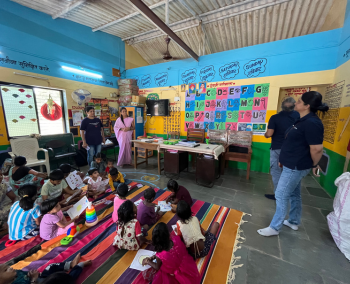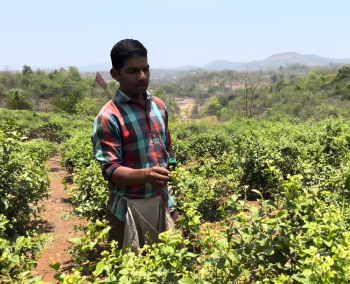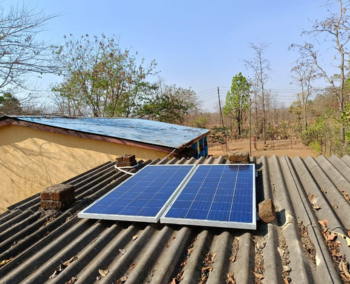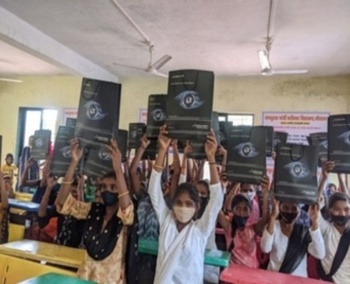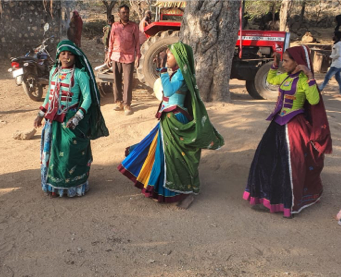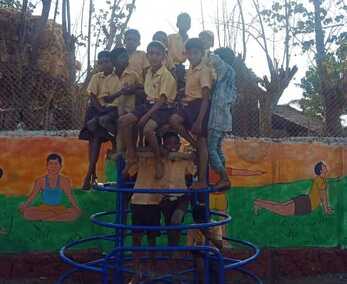Real Stories: How Access to Solar Power Changed Lives in Rural India
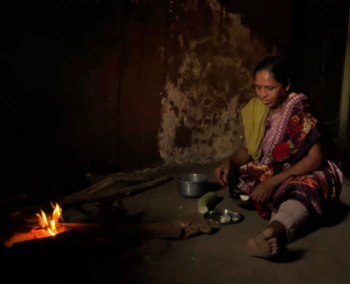
For those living in the city, electricity is a given—we take it for granted because our lives have become so interconnected with it. Even when the power goes off, there is a backup generator or inverter that keeps all the gadgets running. However, several people around us still don’t have access to electricity and all the benefits that often come along with it.
Electricity in rural areas in India, at least in some areas, is still a distant dream. While the government is working towards the electrification of the entire country, things are still in the ‘under progress’ stage.
At Project Chirag, we understand the importance of electricity and how it can alter lives and transform entire communities. Today, we bring to you some real-life stories of how something seemingly simple as electricity, has changed entire communities, for the better.
A tale of toys and the use of solar energy in India
In rural settings, places like Anganwadi centers are extremely important – they not only provide essential services to children under the age of six but also are a community hub for pregnant women, nursing mothers, and in general, women of all age groups. Now, imagine a situation where these Anganwadi centers are all in dilapidated condition, with next to no infrastructure, access to power, and several other such challenges.
Project Chirag identified 20 Anganwadi centers in Karjat and worked to give them a complete makeover. This included:
- Installing solar off-grid PV systems for reliable electricity
- Installation of water filtration units for clean drinking water
- Provision of educational materials that could be used to impart education
- Addition of smart TVs with audio-visual content which could be used to enhance early childhood development and school readiness
This action went beyond just solar power for village development – it transformed the way in which the Anganwadi functioned and how the workers were able to make a difference.
As per Kalpana Ware, an Anganwadi Sevika from the area:
“Our children are incredibly active, enthusiastic, and keen to learn new things. Digital education has revolutionized the teaching and learning process, with children actively engaging and eagerly coming to the Anganwadi Center to learn in a fun and stimulating environment.”
Reliable electricity allowed the centres to function better and more efficiently and this proved to parents that this was a place where they could send their children to learn and grow.
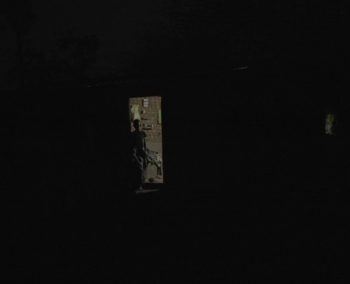
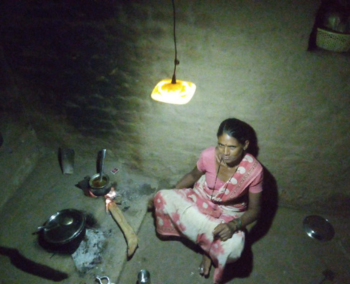
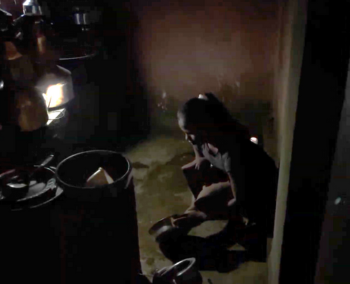
How a solar powered village bloomed into prosperity
On paper, Patilpada in Palghar district of Maharashtra is like any other village – a population that is primarily dependent on farming, but is heavily reliant on rains, because there are no perennial water sources. This led to several people having to migrate in search of work, many choosing to become day labourers. Even though the village had electricity, it was not reliable with intense load shedding and poor street electrification, which in turn gave rise to safety and security issues.
Project Chirag stepped up and helped install not only water pumps, but also electrical systems – a 7.5HP solar pumping system was fitted to enable water lifting across 20 acres of farmland. This intervention allowed an increase in sustainable income and a more positive community, because there was now sufficient water for agriculture, migration reduced and more farmers were able to invest time and effort into what they knew best. Local farmers mentioned how they were able to double their crops and how that translated into more money.
In addition to all this, because there was now reliable power supply, there were street lights, which meant that children and women felt safer even when it was dark. Now, women who were empowered by the improved agricultural productivity and reliable solar backup lights, were able to support their families in a better way.
Better health and clean water with rural electrification in India
In rural India, while electricity might be a problem, so is clean drinking water. Like Patilpada, Suksale had similar problems – no perennial sources of water for agriculture, unreliable electricity, inadequate school infrastructure and so on. And all this was happening, even though the village was located near a river.
However, the main problem was access to clean drinking water – and Project Chirag was ready to help! Our integrated village development included:
- Solar electrification of homes and streets
- Solar electrification of the local Anganwadi
- Solar-powered lift irrigation for agriculture and drinking water
- Installation of household water filtration units
Going beyond just rural electrification in India, we ensured that we were solving inherent problems for local farmers and the local women. With access to water all through the year, farmers no longer had to migrate, while women were saving time and effort by not having to walk hours to get water for daily consumption.
At Project Chirag, every community development donation goes towards creating more such real life success stories and you can do your bit too!
